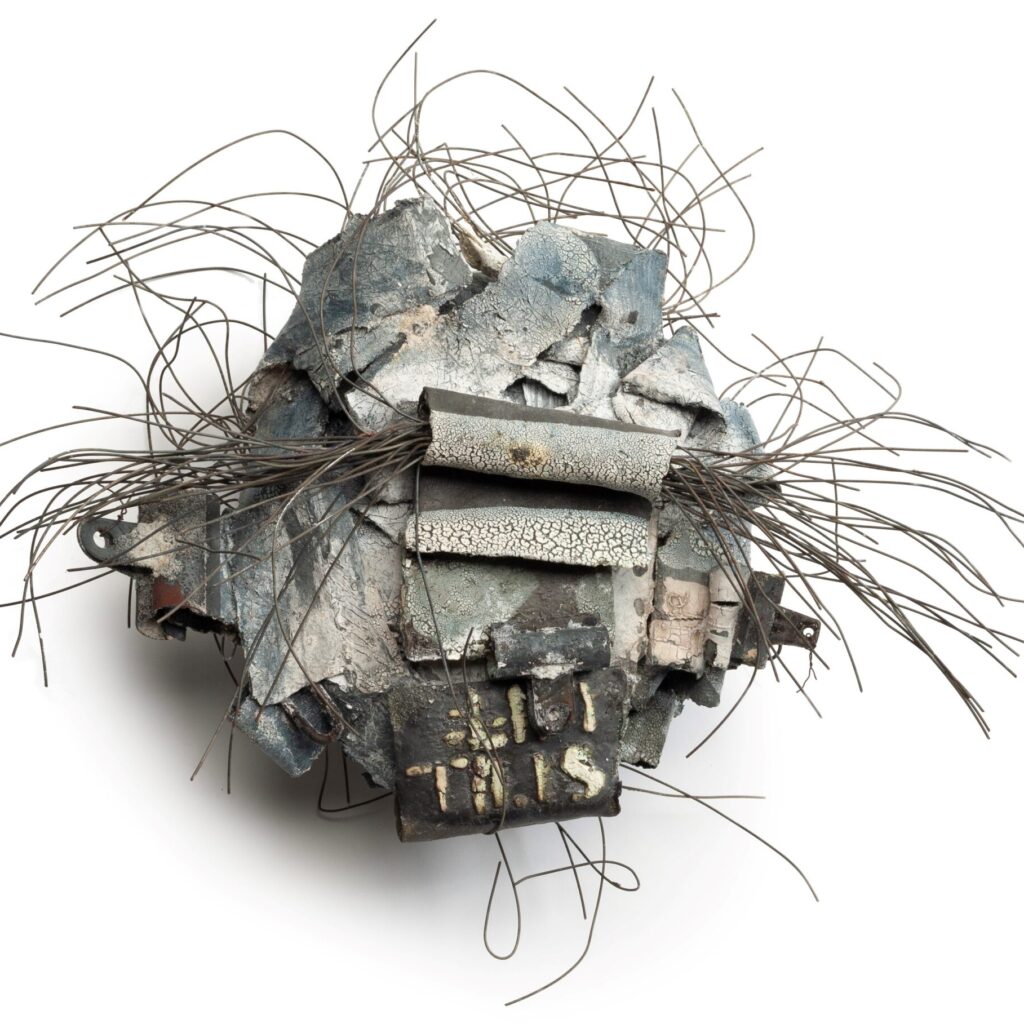Gillian Lowndes: Radical Clay
26 January – 21 April 2024
The Holburne Museum presents an exhibition by Gillian Lowndes (1936-2010), one of the most daring and original artists of the post-war period. In her lifetime, Lowndes’s use of clay – which was in stark contrast to the ceramic conventions of the time – caused her to be overlooked. Now, however, her innovative and transgressive approach shows her to be one of the most unique and exciting artists working in Britain in the 1970s and beyond. This exhibition presents some of the most important works by one of Britain’s most original but little-known artists.
Lowndes’ work occupies the space between craft and fine art, pottery and sculpture. Though she briefly studied sculpture, her main training was in ceramics and almost all of her works use clay. Lowndes defined herself as a ‘materials driven artist’ – materials which ranged from fibreglass dipped in liquid porcelain slip, to Egyptian paste, nichrome wire, bricks and latex. Often incorporating found objects into her practice, her unorthodox methods involved burying work in sand and destroying fired pieces with a hammer, only to reassemble them again with ceramic mortar.
Focusing on Lowndes’ work from the 1980s to the 2000s, the exhibition showcases a small number of table-top and wall pieces which reflect the breadth of her practice in the last few decades of her career. Though clay remained a constant element in her art, she increasingly employed techniques of collage and assemblage, demonstrating the radical ways in which she stretched and subverted ceramic practice.
Works on display include Hanging Scroll, in which Lowndes dipped fibreglass strip into liquid clay, coiled it and fired it in the kiln, producing a ceramic coil into which rusty nails were inserted, the whole then hung on the wall with rough cable.
Other works, notably two examples of her Hook Figure series from 2008, made two years before her death, include ceramic forms derived from her chopping up loofahs, dipping the pieces in clay and firing so that the loofah burnt out to leave a ceramic honeycomb which is then attached to others, or different materials. The results are forms that are somehow evocative and suggestive of bodily forms whilst expressing an inherent vulnerability through their precarious fragility.
In many pieces, found metal objects are encrusted with clay giving them the appearance of some kind of archaeological find or building site detritus. In others, latex or even solidified PVA glue introduce a ghostly, waxy presence that conjure ideas of bodies, emphasised by the inclusion in some of what appear to be hairs.
Born in Merseyside, Lowndes was influenced at a young age by various international experiences, from a childhood partly spent in India, to an educational stint in Paris, as well as living in Nigeria for 18 months where she first saw the potential of combining different materials in single objects. However, most of her life and career was spent in the UK, which included teaching at the West of England College of Art in Bristol.
Holburne director, Chris Stephens, said: “At the Holburne we are committed to exploring the full range of ceramic practice. Few, if any, have stretched and challenged the boundaries of ceramics more than Gillian Lowndes who employed all sorts of radical and subversive techniques to produce corporeal, abject forms that are poetic, suggestive and strangely evocative.”
Visit the Exhibition page to find out more and book tickets

